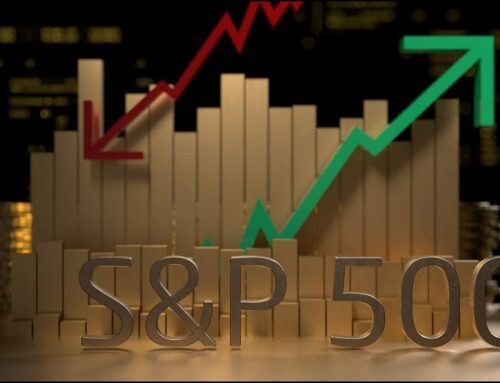Decoding the NASDAQ Projections: A Dive into the Elliott Wave Theory
In this article, we’ll take a comprehensive look at the NASDAQ forecasts, focusing on the Elliott Wave theory’s potential implications for future market movements.
Let’s begin by understanding the Elliott Wave Theory.
1. Understanding the Elliott Wave Theory
The Elliott Wave Theory, conceptualized by Ralph Nelson Elliott in the 1930s, is an analytical tool that traders utilize to forecast market trends by identifying extremes in investor psychology, highs and lows in prices, and other collectively driven factors.
“The greatest the high, the greater the fall.” – Ralph Nelson Elliott
1.1. The Five-Wave Cycle
Elliott’s theory works on the principle of five waves, where the first, third, and fifth waves are considered ‘motive’ and move in the direction of the trend, while the second and fourth waves are ‘corrective,’ moving against the trend.
2. NASDAQ and the Elliott Wave Theory
Investors and traders often use Elliott Wave Theory to decipher the NASDAQ’s potential trajectory. By successfully identifying the wave patterns, one can potentially predict the market’s future actions and make informed investing decisions.
2.1. NASDAQ’s Interaction with the 1.00 Resistance
In the recent past, the NASDAQ index hit a strong resistance at 13,850, which is often referred to as the 1.00 resistance level in Elliott wave terminology. This incidence was followed by a gap down, indicative of a ‘C’ wave.
2.2. The Importance of the .618 Fibonacci Support
In the context of the NASDAQ, the .618 Fibonacci level, approximating at 13,620, plays a critical role in maintaining the stability and upward trend of the index. The NASDAQ needs to uphold this support to minimize the risk of a significant downturn.
3. The Future of NASDAQ: Predictions Based on the Elliott Wave Theory
Based on the Elliott Wave Theory, there are several potential scenarios that could play out for the NASDAQ in the future.
3.1. Scenario One: The 5 of 3 Wave
One possible outcome is that the NASDAQ could rise to 14,300, representing a ‘5 of 3’ wave. This scenario would transpire if the NASDAQ successfully breaches the .786 Fibonacci level at 13,775.
3.2. Scenario Two: The 3 of 3 Wave
The other, more optimistic scenario is that the NASDAQ could experience a ‘3 of 3’ wave. This scenario, which is often the most powerful wave of the entire impulsive sequence, would result in an even higher target level for the NASDAQ.
“The best way to predict the future is to study the past, or prognosticate.” – Robert Kiyosaki
By following the Elliott Wave Theory’s principles, investors and traders can potentially forecast the NASDAQ’s future movements. However, like any other financial theory, the Elliott Wave Theory is not foolproof and should be used in conjunction with other market indicators and personal financial advice.
For more insights into the world of finance and trading, stay tuned to our blog. Remember, knowledge is power, especially when it comes to navigating the complex world of the stock market.






